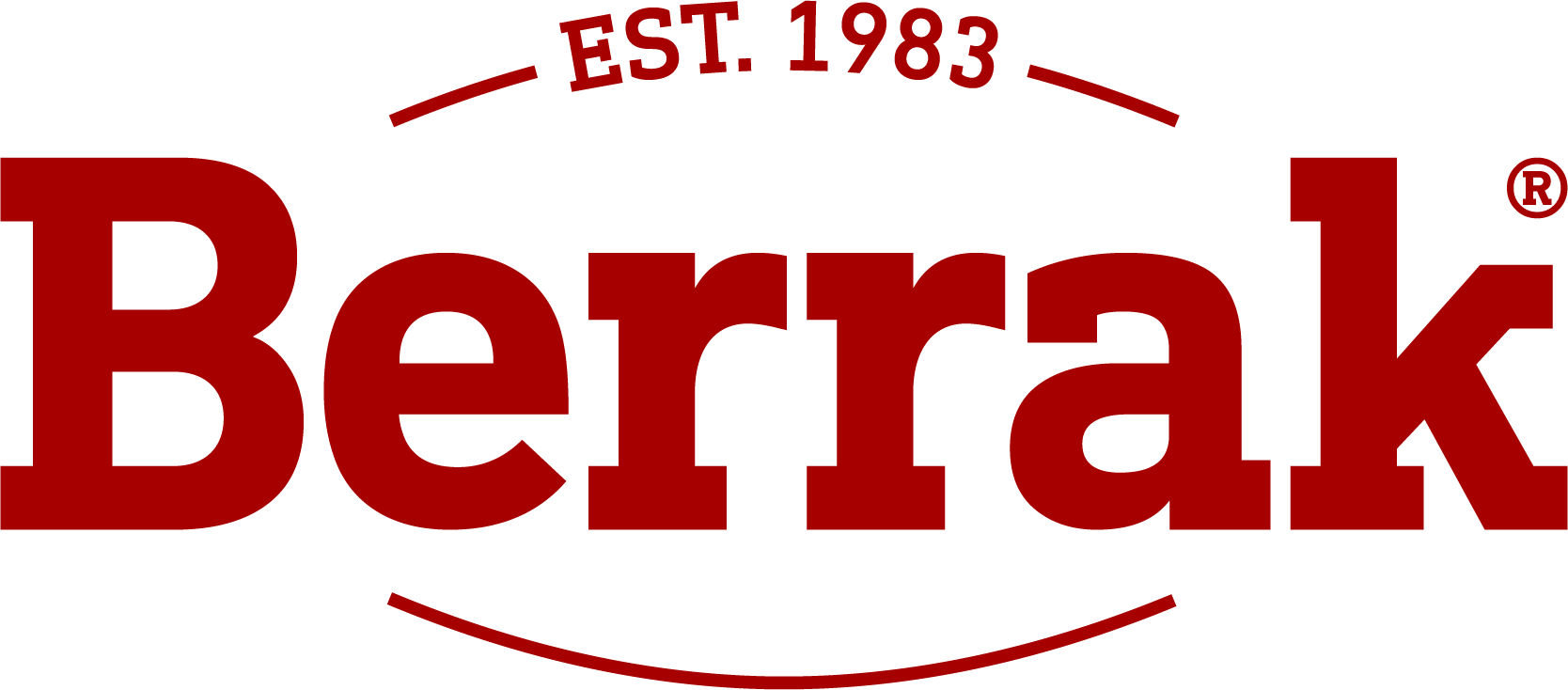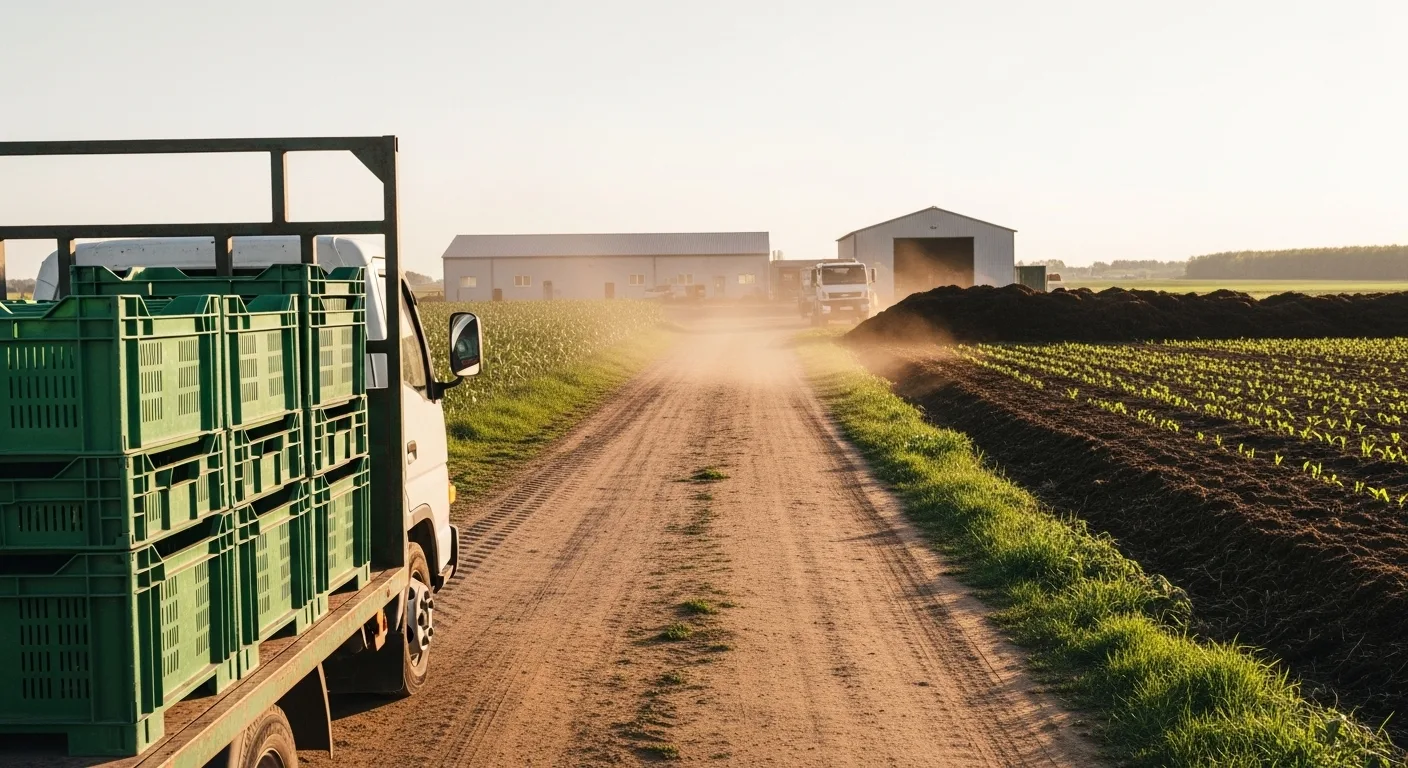For years, food systems have followed a linear path from producer to consumer: produced, packaged, transported, sold, and consumed. Yet, the waste generated at the end of this chain—whether post-harvest residues or excess consumption—often ends up in landfills, unused. Nature, however, teaches us something different: nothing is truly waste; everything is part of a cycle.
This is where regenerative agriculture steps in, emerging as both an environmentally friendly and economically sustainable approach. It creates a new cycle, not at the end of the food supply chain, but at its beginning: from waste to soil, and from soil back to production.
What Is Regenerative Agriculture?
Regenerative agriculture is a circular farming model encompassing food production, processing, consumption, and waste management. Its goal is not to eliminate waste but to transform it into a resource. In this model, waste is not a cost but an input that enhances efficiency.
Core principles:
- Composting organic waste to return it to the soil
- Transforming by-products of food production (fruit peels, pulp, stalks) into agricultural inputs
- Reducing water consumption and using gray water systems in agriculture
- Improving energy efficiency and minimizing carbon emissions
A Second Life for Peach Pulp
Imagine a fruit juice factory. Tons of fruit are processed daily, leaving behind tons of pulp. Instead of being discarded, this pulp:
- Is turned into compost
- Is used as a soil conditioner
- Is converted into animal feed
- Can even be utilized in biogas production
Through this system, the waste from the factory revitalizes the soil in the surrounding region. Thus, the supply chain reconnects with production.
Circularity in the Supply Chain: A New Definition of Corporate Responsibility
For brands, regenerative agriculture is not just about environmental sensitivity; it also signifies reputation, innovation, and competitive strength. Today, many food and agriculture companies:
- Redirect unsold products to composting centers
- Reduce packaging waste and transition to biodegradable materials
- Develop new products by using agricultural waste in R&D processes
- Incorporate a “from waste to soil” perspective into the supply chain, moving beyond “farm to fork”
This approach not only reduces carbon footprints but also makes a genuine contribution to sustainability.
Soil Empowered by Recycling, a Resilient Future
Soil is nourished not only by the crops grown on it but also by the inputs it receives. Regenerative agriculture sees these inputs not as waste but as restorative elements. Compost in the soil:
- Increases organic matter
- Enhances water retention capacity
- Nourishes microorganisms
- Reduces erosion and the need for chemicals
As a result, fields become more resilient to drought. Agriculture takes root again toward a harmonious and sustainable future.
From City to Village, a Model Applicable from Small to Large Scale
Regenerative agriculture is not just for large-scale companies; it’s a model that small producers, municipalities, cooperatives, and even individuals can adopt.
- Compost bins in homes
- Waste processing facilities established by cooperatives
- Municipalities donating organic waste to farmers
- Restaurants delivering their waste to local farmers
All these examples reflect a mindset that recognizes the value of waste.
In Agriculture, There Is No Waste, Only a Cycle
To secure the future of agriculture, we need to rediscover ancient natural wisdom more than new machinery. Regenerative agriculture is a philosophy that completes the supply chain: it invites us to think of production and consumption not merely as a “beginning” and “end” but as a cycle.
Because for the soil to continue feeding us, we must also nourish it. And sometimes, that nourishment comes from the most unexpected place: the trash.


